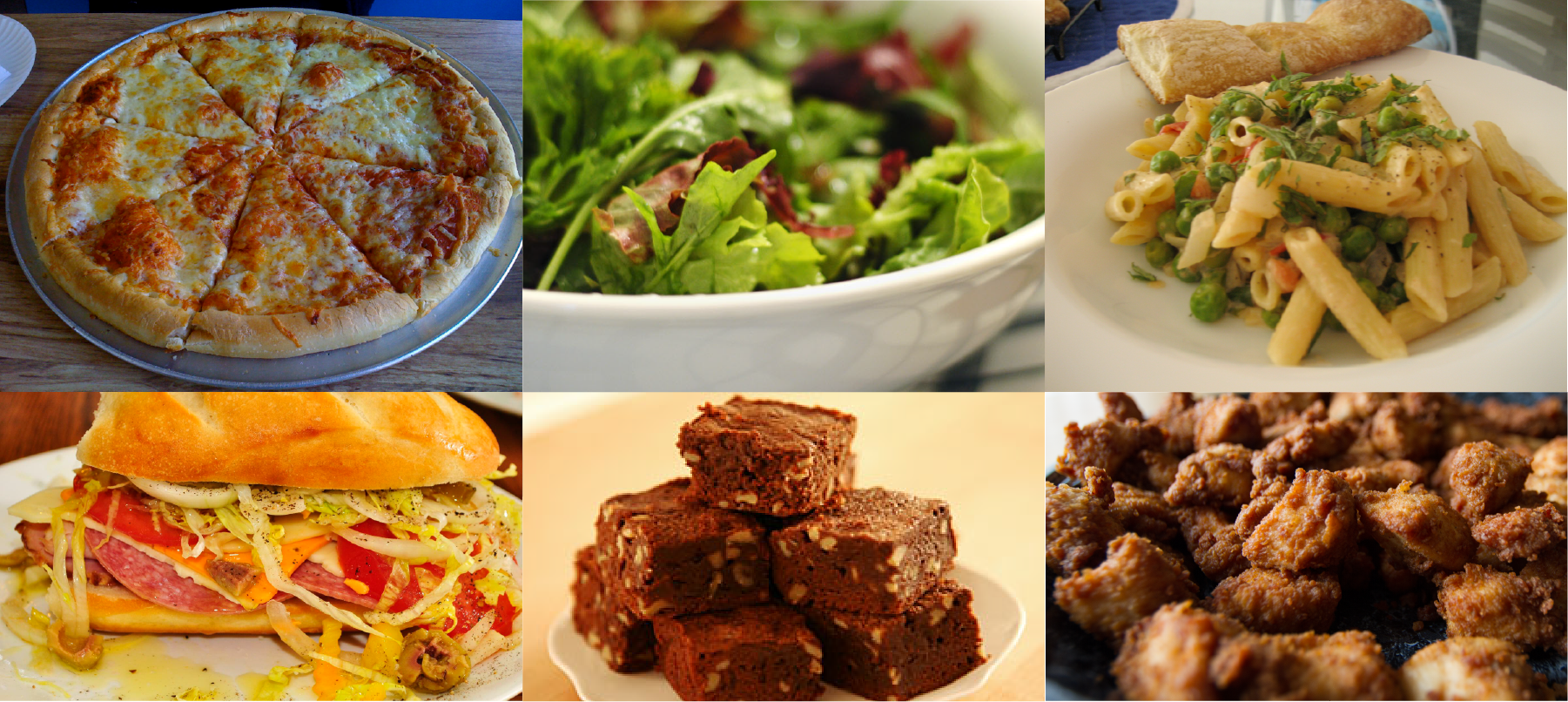Product Items, Product Lines, and Product Mixes
Learning Objectives
By the end of this section, you will be able to:
- Define product items, product lines, and product mixes.
- Describe product line length and depth.
Product Line Length and Depth
Companies typically sell many products, some of which are singular and some of which are part of a larger category of offerings. So let’s start with a product item, a particular good that a company sells. For example, Domino’s Pizza sells its original hand-tossed pizza as a product item on its menu.
A company will also sell a product item as a part of a broader product line. A product line is a set of products that are similar or complementary. For example, Domino’s sells crunchy thin, handmade pan, Brooklyn style, and gluten-free crust along with its hand-tossed pizza crust as a part of a product line.
A product mix contains all the products that a company sells. In addition to pizza, Domino’s sells salads, sandwiches, appetizers, pasta, desserts, and beverages. These products make up the product mix for Domino’s (Figure 9.5).
There are benefits to brands in organizing into product lines and mixes. For example, if you have ever added a chocolate lava cake to your Domino’s order, you know firsthand that products within a mix are easily cross-sold. You may have also seen a commercial where Domino’s promotes its product mix, creating efficiencies in its media advertising spend. In addition, breadth of products provides some assurance that competitors will not compete in the same space. Finally, you may have noticed that some appetizers and desserts are packaged in the same box, creating supply efficiencies.
On the flip side, if product offerings are too similar, they may cannibalize (or steal from) the original product, resulting in lower profitability. For example, if Domino’s had 30 types of pizzas, the stores might have to stock extra ingredients to make those pizzas, but Domino’s might not sell more pizzas as a whole because the product line offerings are too similar.
Figure 9.5 A product item, like a pizza from Domino’s Pizza, is part of a company’s product mix—all of the products it sells. (credit: “Saki’s Pizza” by thepizzareview/flickr, CC BY 2.0; modification of work “Salad” by Jackie L Chan/flickr, CC BY 2.0; “Pasta with Homemade Baguette” by Stacy Spensley/flickr, CC BY 2.0; “Mmm… I Want Everything on Mine” by jeffreyw/flickr, CC BY 2.0; modification of work “Chocolate Fudge Brownies” by startcooking kathy & amandine/flickr, CC BY 2.0; modification of work “Fast Food Chicken Nuggets” by Walt Stoneburner/flickr, CC BY 2.0)
Product Line Depth and Product Mix Width
Product line depth refers to the number of products in the line. Using our previous example, Domino’s carries five products in the pizza product line. Meanwhile, the product mix width refers to the number of product lines a brand carries. Domino’s offers seven product lines within its product mix (pizza, salads, sandwiches, appetizers, pasta, desserts, and beverages).
The product line depth and product mix width allow a company to diversify its offerings to maximize customer loyalty and mitigate risk. For example, if a customer enjoys Domino’s Pizza, they may extend their order to include one of the other offerings in the product mix. On the flip side, if a customer has a bad experience with the pizza, they might try chicken or pasta instead next time. However, it is essential to note that too many offerings can cannibalize one another and drive up the cost of goods sold because of the variations that each product requires.


